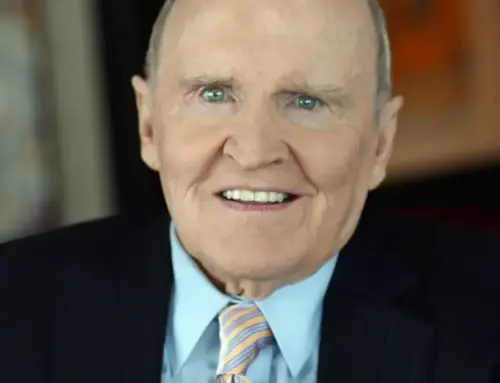Executive Coaching is About the Destination not the Journey
Executive coaching should not be open ended, instead having a clearly articulable “end state” in mind.
Executive coaching is sometimes seen as a continual process. Coaches meet coaching recipients on a regular basis, discussing immediate challenges that come to hand. However, coaching must start with clearly desired outcomes, whilst also taking into account the organisational and personal context of the coaching recipient. Upon completion, it’s important that the coach disengage from the coaching recipient.
KEY POINTS
- Coaching is designed to improve a situation
- A clear vision of the end condition is instrumental to results
- The coaching intervention should when the situation has improved
- Long term, unstructured coaching has a lesser impact
The Context of Executive Coaching
Importantly, executive coaching does not exist in isolation. It’s not something to be conducted to fill time, or as a task in its own right. Of its own, it does not deliver a result, improve a situation or develop new competencies. But, with the right definition it does all of those things.
Executive coaching exists to help key organisational leaders to achieve specific improved outcomes. The outcomes sought depend not only on the organisation but also on the person to be coached, and their surrounding organisational ties. All of which operate in a connected system, not in isolation.
In practice, this means that each coaching engagement is different. Even coaching recipients seeking similar outcomes may exist in slight different organisational environments, necessitating a different approach. Likewise, each coaching recipient is different in their nature, capability and coachability – all factors which impact how a coaching engagement might be delivered over time.
At the earliest phase of an executive coaching engagement, it is critical to understand the context which surrounds the coaching recipient, in order to best determine the specific challenges which may present over the course of the engagement.
The Progress Trap
Often, Executive Coaching is provided to leaders as a general catch-all development process. In such engagement, coaching recipients often bring relevant but low level challenges, discussing them with the executive coach. This leads to “The Progress Trap” – where coaching recipient and coach both feel good. Conversations are being had, and progress being made.
However, progress without a destination may not be real progress at all. Critically, well defined goals drive results. Without defining what the organisation or the coaching recipient want out of the engagement, focus and progress tends to wander.
To avoid falling into the progress trap, it is essential that any executive coaching engagement begins with a detailed discussion of desired outcomes. This might vary between organisation and coaching recipient, but it is imperative that the coach and coaching recipient be able to clearly and consistently articulate the desired goals of the engagement. This allows a purposeful focus on achieving the agreed outcomes.
Disengagement is as Essential as Engagement
Some coaching providers will endeavour to establish coaching sessions as a recurring, continual engagement. This can be a self-serving approach. If the coaching recipients goals are met, the next step is disengagement. There might be a need to re-engage on new and different challenges, but the existing engagement must come to an end. Using the firmly established desired outcomes from the start of the engagement allows both coach and coaching recipient to determine when the engagement is complete.
The process of disengagement is simple. The coach and coaching recipient both review the outcomes sought, discussing how the progress through the engagement has led to the achievement. There can be a number of reasons to re-engage on further challenges, including the reinforcement of competencies learned during the engagement, challenges encountered along the way, or even completely new needs of the organisation or coaching recipient.
Upon re-engagement, it is just as critical to define the desired outcomes for the renewed engagement. There is never a reason to entertain open-ended, unstructured coaching engagements.
Merillot’s Executive Coaching
Merillot provides executive coaching to business leaders and managers across all industries. With a structured approach, Merillot engages with the organisational buyer to understand their needs before ever meeting the coaching recipient. Our process then ensures a solid understanding of the organisational context, including the individual employee needs. Throughout the process, we keep the buyer apprised of progress with the coaching recipient toward the desired outcomes. Once the outcomes have been achieved, we disengage in a structured way, ensuring the coaching recipient has the required tools for success. Merillot provides coaching where the buyer is the coaching recipient, and where the coaching recipient is elsewhere within the organisation.
CONSULTING INTERVENTIONS
Merillot provides a range of coaching interventions that can assist leaders at all levels to drive personal and organisational performance:





